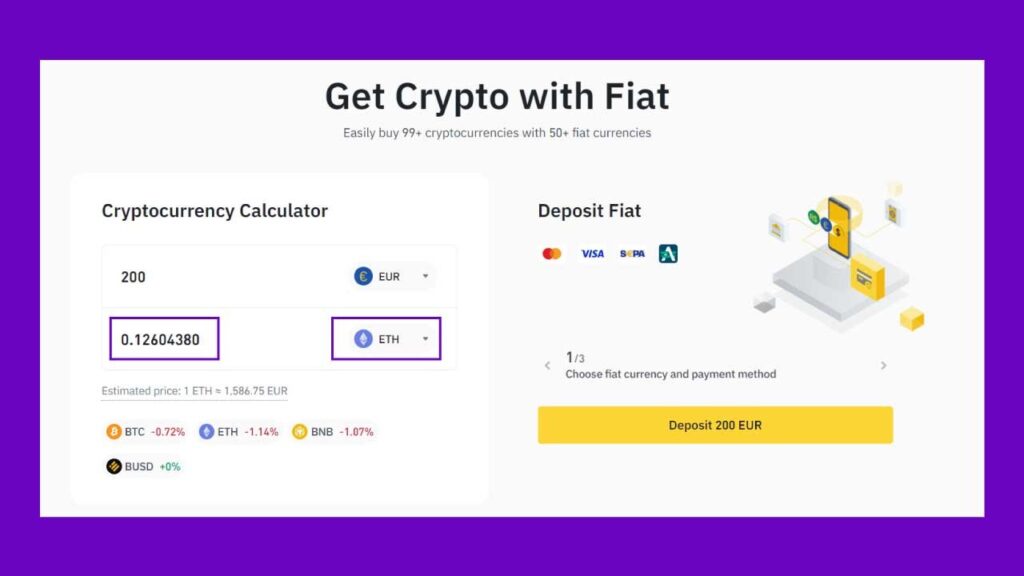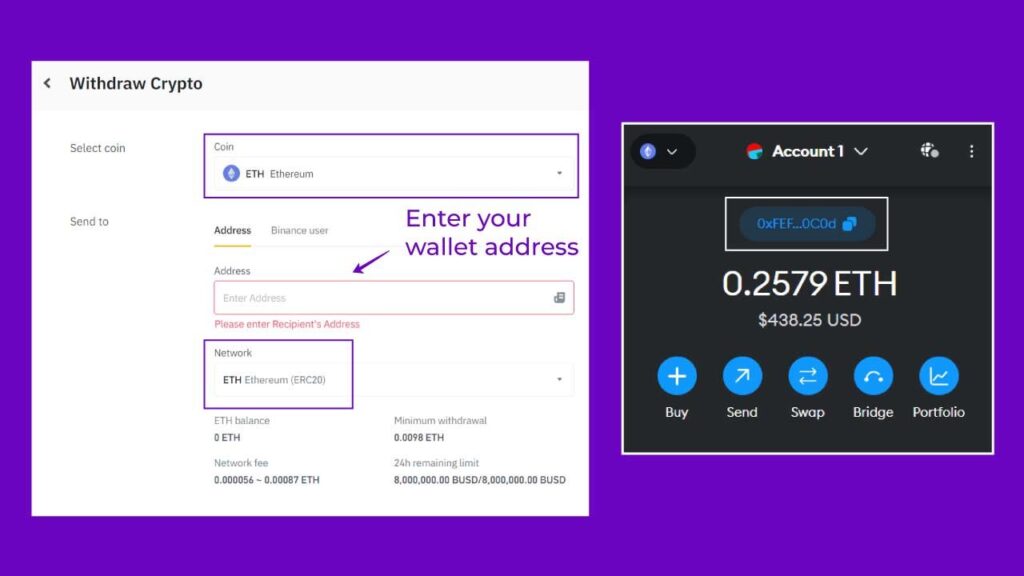NFTs are a thing now. Although the gambling narrative still exists, they’ve come a long way from just being pictures to something that can be used by businesses and brands.
And in this article, we are gonna discuss what these JPEGs are, where they are being traded and how you can buy an NFT from your favourite NFT collection. Let’s dive in!!
First of all, what the heck are these NFTs? Are they just dumb-looking cartoon JPEGs?
Think of NFTs as digital certificates of ownership that live on a secure and transparent digital ledger called the blockchain.
NFTs allow you to buy, sell, and own things like digital art, collectables, virtual real estate, and more.
Unlike cryptocurrencies like Bitcoin or Ethereum, each NFT is distinct and can’t be exchanged on a one-to-one basis. This uniqueness is what makes NFTs so exciting and valuable to collectors and creators alike.
Picture this: You have a cute digital cat drawing. You love it, and you want to show the world it’s yours. But how can you prove it’s not just any old cat pic? That’s where NFTs come in.
NFTs are like fancy certificates that say, “Hey, this digital cat art right here belongs to you, and it’s one-of-a-kind!” They use super-secure tech called blockchain to keep track of who owns what.
On the other hand, wallets are where you store your crypto (like Ethereum) or NFTs (like a CryptoPunk). Yup, that’s just your online piggy bank.
Just like you keep your physical money in a wallet, a digital wallet stores your digital assets securely. There are different types of digital wallets, each with its own benefits.
Software wallets are like apps on your phone, making it easy to access your NFTs and cryptocurrencies on the go.
Hardware wallets are physical devices that offer extra protection against online threats.
Web-based wallets (this is what we are gonna use today) are accessible from your web browser and can be convenient for beginners. Whichever type you choose, your wallet keeps your NFTs safe and ready for you to showcase, sell, or trade whenever you want.
So, here’s the play: You find an NFT you love, like that unique digital cat art.
You use your wallet to buy it, and that action gets recorded on the blockchain, giving you proof that you own it. When you want to show off your art or sell it to someone else, your wallet helps you make that happen securely.
Think of it as a super-organized digital notebook that can’t be messed with.
It records every single NFT transaction, like who bought what and when.
But here’s the cool part: Once something’s written on this digital notebook, it can’t be erased or faked. It’s like having a magical ink that never fades. This makes sure your digital cat art stays uniquely yours, forever.
And how can you trade something on this blockchain? Enter smart contracts. What????
A smart contract is a digital agreement written in code that automatically executes and enforces certain actions when specific conditions are met. It removes the need for intermediaries by self-executing transactions, making processes more efficient, trustworthy, and tamper-resistant.
So, here’s how they team up: You want to sell your digital art NFT. You set up a smart contract (in our case we just need to click a button instead of writing a smart contract – so don’t worry) that says, “When someone pays, give them the NFT.” The buyer sends the payment, the smart contract sees it, and boom—the NFT is theirs.
This action gets written down on the blockchain so nobody can dispute it. You, the buyer, and even random curious folks can all see this recorded action.
NFTs, Blockchain, and Smart Contracts make sure deals are done, digital treasures are owned, and nobody can play any tricks.
Now that you understand how this basic tech works, let’s see how you can set up a wallet. Here are some top wallets that you can try.
Note that all wallets don’t support all blockchains. Metamask is a good wallet when it comes to buying Ethereum NFTs (NFTs that exist on the Ethereum blockchain) and Phantom is a good choice for Solana NFTs (Yup, NFTs on Solana blockchain).
In this article, we are gonna find out how to buy NFTs on both Ethereum and Solana, as they are the 2 most popular blockchains for NFTs.
I’ve already written a beginners guide on how to create a Metamask wallet and you can find out more about Phantom wallet creation here.
Don’t forget to write it down the seed phrases, somewhere safe (and don’t forget to tell me… JK).
And the wallet you created will have an address. Imagine that like a mobile number to call someone, but in this case, to transfer, sell or buy NFTs (and Cryptocurrency).

You can’t just buy NFTs with dollars in your bank account or just via a credit card. Although many are trying to facilitate that option, in general, we need crypto most of the time.
Alright, let’s see how you can turn your regular money into digital coins that are perfect for buying NFTs.
Because we want to buy Ethereum and Solana NFTs, we need to buy these coins: $ETH & $SOL. These are the native cryptocurrencies on their blockchains.
Firstly, you need to have an account in a crypto exchange. If not, you can create one. Binance and Coinbase are the two most popular ones out there.
And the buying process is a pretty straightforward process. Enter the amounts of SOL and ETH you need, and you’ll see the amount you need to pay to get that crypto.

Once the purchase is made, the crypto is in your exchange account, not in your wallet. And for that, you need to transfer your crypto. And that means you need to withdraw crypto from your exchange.
This then is the process to transfer your Ethereum ($ETH) from Binance to Metamask:

Similarly, on your Coinbase app, you can select “Coins” (in this case) or “NFTs” and choose your assets and the amount to transfer.
It’s very important to understand that ETH should be transferred to the Ethereum address (Metamask in our case) and SOL should be transferred to the Solana address (Phantom in our case).
Now that you have the crypto to buy NFTs, let’s look at how we can do that.
Whenever you hear the word ‘minting’ in the context of NFTs, understand that the one that you are trying to purchase, whether that’s a JPEG or an MP3, is not an NFT yet. It’s not a one-of-a-kind thing yet.
The process of converting an art (or anything) into an NFT is called minting. Understand that minting is like adding a special stamp that says, “It’s unique!”
It is only after the minting process, that the NFTs will be available on NFT marketplaces like Magic Eden and OpenSea.
For example, Bored Apes were minted for 0.08 ETH (on their official website) and then they were available on OpenSea.

Now, what if want something that has already been minted a while ago, like a Bored Ape or a CryptoPunk? Then you buy it!
Browse through the marketplace like you’re shopping for cool stuff online.
Find an NFT that catches your eye—maybe it’s some awesome artwork or a cute digital pet. Click on it to get more info. Look for details like who made it, how rare it is, and if it’s something you really, really want.

Once the purchase is done, you can click on your profile and view the NFT.
This is my Magic Eden profile and you can see the Solana NFT I own here:

Now that you purchased your NFTs and they are in your wallet, these digital assets are in 100% control of yours. And that means, even the ones who designed these wallets, can’t take these assets from you.
But….
That only works if your wallet is safe. Here are some tips to ensure wallet safety:
From creating to purchasing, the process may seem simple, but grasping the ins and outs of blockchain is important.
I hope this article helped you understand the basic concept of NFTs and wallets and how to purchase these digital assets from marketplaces.